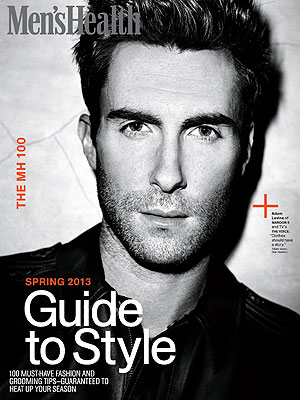What a difference just a few months makes. If you don’t recall, it was only last September when Apple’s (AAPL) share prices were blasting past $ 700 and bullish analysts were proclaiming that the company was well be on its way to having a $ 1 trillion valuation and dominating the tech industry for years to come. All that’s changed now as Apple has lost its spot as the world’s most valuable company and investors are panicking that the company’s growth rate may have peaked. This isn’t to say that Apple is doomed (and sorry, Apple haters, but it isn’t) or that it can’t return to the lofty heights it achieved last summer, but for the time being it no longer seems destined to mop the floor with its competitors for years to come.
[More from BGR: Unlocking your smartphone will be illegal starting next week]
This development is exciting in a sense because it’s been part of a fairly chaotic period for the mobile tech industry that has seen companies such as Samsung (005930) rise to become market leaders while longtime stalwarts such as RIM (RIMM) and Nokia (NOK) have seen their market shares plummet. Throughout the past several years, it seemed that the only constant in the mobile world was that Apple would continue to out-innovate its competitors by being the first to market with revolutionary smartphones and tablets that would turn the industry on its ear. Now that Apple’s incredible innovation machine shown signs of slowing, the question becomes, “What comes next?”
[More from BGR: Sony’s PS Vita: Dead again]
Those who look at the success of Samsung, Google (GOOG) and Amazon (AMZN) will naturally say that it’s Android’s time to pick up the slack. But even if you believe this, you have to ask yourself, “Whose version of Android?” While the open-source nature of Google’s mobile operating system has helped it spread quickly throughout the world, it’s also left Google with relatively little control over how manufacturers use its creation. Samsung, for instance, may have become enough of a powerhouse where it doesn’t need to rely on Android to sell smartphones and tablets anymore. If the company either ditches Android or creates its own heavily modified version of Android that doesn’t rely on Google apps such as Gmail, Maps and YouTube, where would that leave Google?
Google seems to know the danger that Samsung poses, which is why it’s reportedly working with its own Motorola division to create a so-called “X Phone” that it hopes will lessen Samsung’s dominance of the Android market, just as its own Nexus 7 tablet loosened the Amazon Kindle Fire’s grip of the low-cost Android tablet market. Google knows that Android is a massive money loser if people aren’t using it to get access to its web apps, and the company will do everything in its power to assure that Android remains Google-centric.
In the non-Android realm, we’ve seen some initial signs of life from Nokia after the company recently swung its first quarterly profit in a year and a half. While the company’s flagship Lumia 920 hasn’t exactly lit up the charts in the United States, it has produced some strong results in Europe and has at least bought the company some more time to improve on its recent gains. Similarly, there’s been a lot of positive buzz over the past couple of weeks for RIM (RIMM) and its upcoming BlackBerry 10 handsets. While RIM still faces a long, long road back from its 2012 near-death experience, the company is at least generating some hope among its diehard fans for the first time in many months.
Now, all of this exciting competition could be just a mirage if Apple blows the world away with the iPhone 5S, if Windows Phone 8 devices all bomb as Microsoft’s (MSFT) ill-fated Surface has, and if Samsung’s dominance forces rival Android vendors to quit the market. But for the first time in a while, I feel as though I don’t really know where the mobile industry is headed. And that is very exciting.
This article was originally published on BGR.com
Linux/Open Source News Headlines – Yahoo! News













